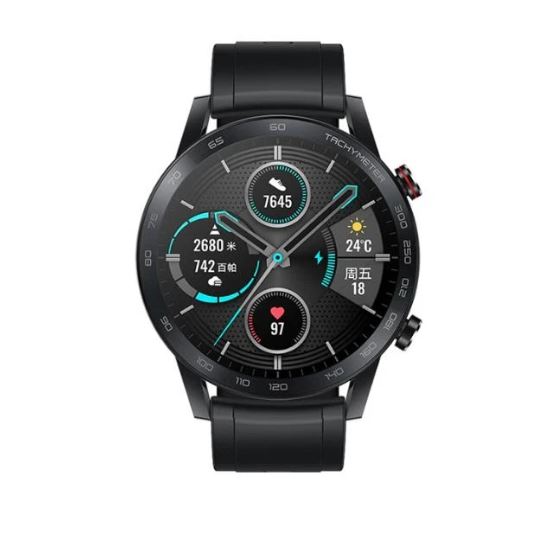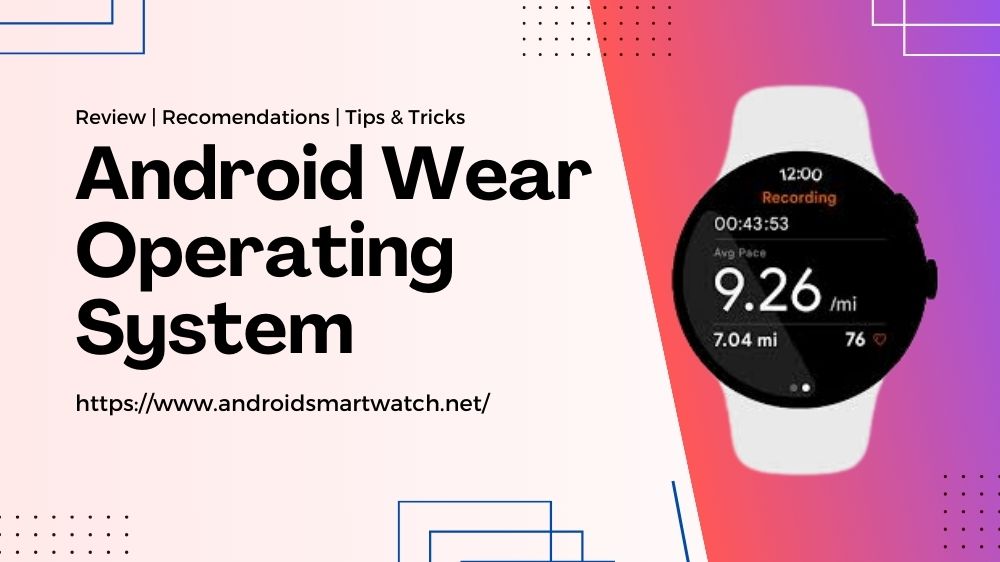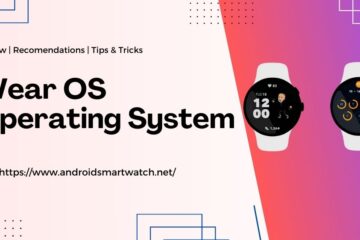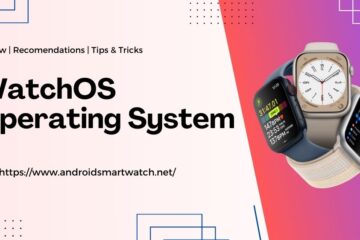Last Updated on April 15, 2024 by Oliver
Android Wear, now known as Wear OS by Google, is like a tiny computer system that lives right on your wristwatch! It’s made by Google, the same company that helps you search for things on the internet. This special watch system can do lots of cool things, like showing messages from your phone, counting your steps, and even helping you find your way when you’re lost. Let’s dive into the story of Android Wear, see what it can do, and talk about what makes it super cool and a bit tricky sometimes.
The History of Android Wear
Android Wear, now known as Wear OS by Google, is Google’s wearable platform designed specifically for smartwatches and other wearable devices. It was introduced to extend Android’s functionality to wearable technology, aiming to capitalize on the burgeoning market of smartwatches. Here’s a detailed look at the journey of Android Wear from its inception to its transition into Wear OS.
1. Launch and Introduction (2014)
Android Wear was officially announced by Google in March 2014, with the goal of providing a tailored version of Android for smartwatches. This new platform was designed to bring Google’s extensive app ecosystem and services to wearables, focusing on notifications, fitness applications, and voice-activated features.
Key Features at Launch:
- Voice Commands: Utilizing Google’s powerful voice recognition capabilities, users could perform tasks like sending texts, setting reminders, and navigating via commands.
- Google Now Integration: Providing personalized notifications and information cards based on the user’s location, activity, or time of day.
- Compatibility: Designed to work seamlessly with Android smartphones, enhancing the user’s digital life.
2. Early Devices and Partnerships
The first smartwatches powered by Android Wear, the LG G Watch and the Samsung Gear Live, were launched at Google I/O in June 2014. These devices showcased the capabilities of Android Wear, including fitness tracking, notifications, and the ability to download apps from the Google Play Store.
Notable Early Devices:
- LG G Watch: Focused on notifications and Google Now cards.
- Samsung Gear Live: Emphasized health features and integration with Samsung smartphones.
3. Growing Ecosystem and Functional Expansion (2015-2017)
Over the next few years, Android Wear saw several updates that expanded its capabilities and refined the user experience. Google focused on improving the operating system’s design, adding more watch faces, and enhancing health and fitness tracking functionalities.
Key Updates:
- Android Wear 1.3: Introduced interactive watch faces, allowing users to tap on elements of the watch face to launch apps and see data.
- Android Wear 1.4: Brought speaker support, sending voice messages, and making calls directly from the watch.
- Android Wear 2.0 (2017): This was a significant update that introduced a standalone app store, making it possible for the watch to operate independently from a smartphone. It also brought improved fitness tracking, Google Assistant, and a revamped user interface.
4. Rebranding to Wear OS (2018)
In March 2018, Google rebranded Android Wear to Wear OS by Google. This change reflected a desire to appeal to a broader audience, including iPhone users, and to emphasize the operating system’s compatibility across mobile platforms.
Rebranding Goals:
- Broader Device Support: Enhancing compatibility with iOS devices.
- Improved User Interface: Making it easier and more intuitive for users to navigate the OS.
5. Continued Development and Challenges
Post-rebranding, Wear OS continued to evolve, although it faced stiff competition from systems like Apple’s watchOS and Samsung’s Tizen for wearables. Google worked to refine the system, improve battery life, and expand health-related features.
Recent Developments:
- Partnership with Samsung (2021): Announced at Google I/O 2021, this significant partnership aimed to merge Tizen into Wear OS, promising improved performance, better battery life, and a richer app ecosystem.
- Health and Fitness Enhancements: Including better integration with Fitbit, following Google’s acquisition of the company.
Features of Wear OS
Wear OS is packed with features that turn a simple watch into something much more powerful. Here are some of its cool features:
- Notifications: It lets you see messages and alerts from your phone right on your wrist. No need to take out your phone to check every beep or buzz!
- Fitness Tracking: It can count your steps, measure how far you run, and even check your heart rate. It’s like having a tiny fitness coach with you all the time.
- Voice Commands: You can talk to your watch! Ask it questions, tell it to set reminders, or even send messages using just your voice.
- Customizable Watch Faces: You can change how your watch looks with different designs. It’s like getting a new watch every day if you want!
- Google Pay: Some watches let you pay for things in stores just by tapping your watch on a payment machine. Super cool and handy!
Advantages of Wear OS
Wear OS has a lot of things going for it that make it a great choice for a smartwatch:
- Wide Range of Watches: There are lots of different watches that use Wear OS, so you can pick one that fits your style and budget.
- Works with Android and iPhones: Even if you have an iPhone, you can still use a Wear OS watch.
- Lots of Apps: Since it’s made by Google, you get access to lots of apps to customize your watch just how you like it.
- Regular Updates: Google keeps adding new features and making it better over time.
Disadvantages of Wear OS
Even though Wear OS is pretty awesome, there are a few things that could be better:
- Battery Life: Some Wear OS watches need to be charged almost every day, which can be a bit of a hassle.
- Performance: Depending on the watch, sometimes it can be a little slow or laggy when you’re trying to use it.
- Compatibility: While it works with both Android and iPhones, some features work best with Android phones.
Conclusion
Wear OS by Google has come a long way since it first started. It’s like having a mini smartphone on your wrist, keeping you connected, helping you stay fit, and even letting you pay for things in a super cool way. While it’s not perfect, the benefits like a wide range of watches, lots of apps, and regular updates make it a strong choice for anyone looking to dive into the world of smartwatches. So, whether you’re a fitness fan, a tech enthusiast, or just someone who loves gadgets, Wear OS has something exciting to offer.



